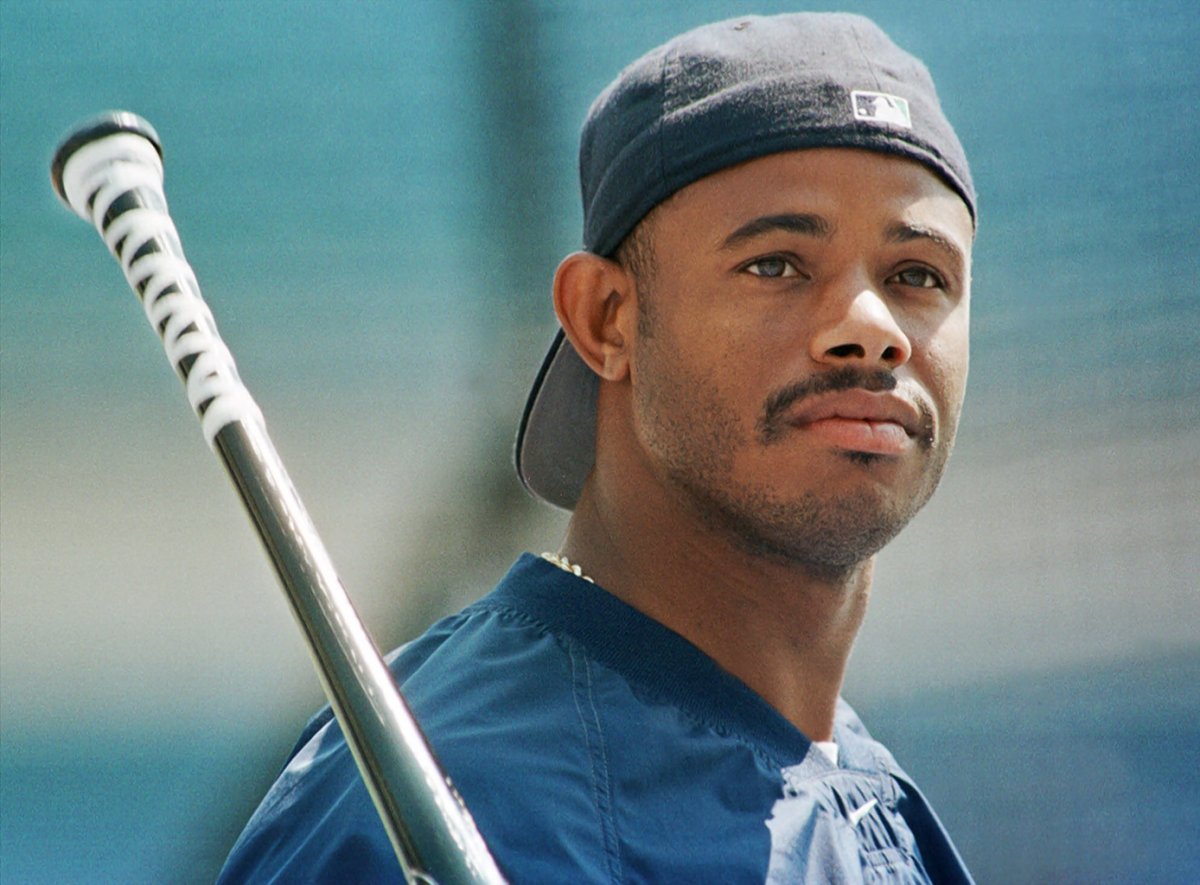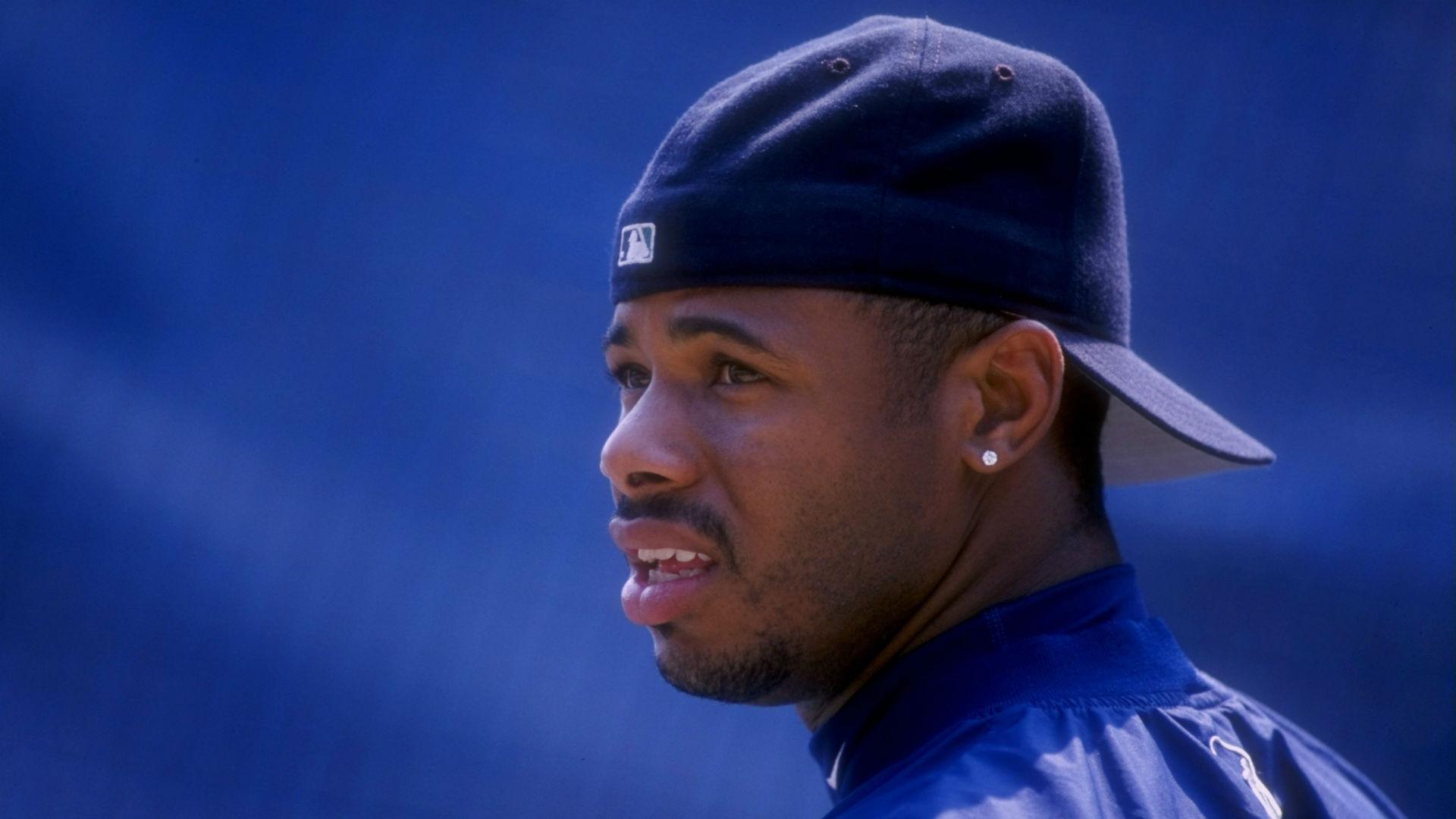From Diamond to Defiance: Tracing the Roots
The backwards baseball cap, a seemingly simple fashion accessory, has woven itself deeply into the tapestry of global culture, transcending its origins on America’s baseball fields to become a symbol of self-expression, rebellion, and even social status. Its journey began innocuously enough, with players turning their caps around to shield their eyes from the sun during games, or to keep the brim out of the way during rigorous training sessions. However, it wasn’t long before this practical adjustment started to carry a subtext beyond the realm of sports. In the 1980s and 1990s, as hip-hop culture surged onto the mainstream stage, the backwards cap was adopted as a badge of cool, marking a significant departure from its traditional context. Rappers and breakdancers alike donned the cap, flipping the script on its original function and transforming it into a powerful cultural statement.

Cultural Signpost: The Cap as Counterculture
As hip-hop music and fashion infiltrated global youth culture, the backwards baseball cap became synonymous with urban style and a rebellious spirit. Icons like LL Cool J and Run-DMC were frequently seen sporting the look, which resonated with a generation seeking to define itself against societal norms. This sartorial choice symbolized more than just a casual disregard for convention; it represented a reclaiming of identity, a visual cue that announced the wearer’s alignment with a subculture that celebrated authenticity, creativity, and resistance against mainstream expectations. Moreover, as the trend crossed racial and socioeconomic boundaries, it served as a unifying element, fostering a sense of community among diverse groups who found common ground in this shared aesthetic.
From Streetwear to High Fashion: The Cap’s Ascent
By the turn of the millennium, the backwards baseball cap had made a surprising leap from street corners to fashion runways. Designers, recognizing its cultural cachet, began incorporating it into their collections, elevating the once humble accessory to haute couture status. Celebrities and fashion influencers embraced the trend, further cementing its place in popular culture. This crossover not only validated the cap’s cultural significance but also initiated a dialogue about the blurred lines between high and low fashion. Suddenly, what was once considered a marker of counterculture became a symbol of fashion-forward thinking, challenging traditional notions of style and sophistication.

Gender Dynamics and the Backwards Cap
The backwards baseball cap’s cultural journey includes a fascinating exploration of gender roles and expression. Historically associated with male-dominated spaces like sports and hip-hop, the cap’s adoption by women has been a quiet yet powerful act of defiance and reclamation. Female artists, athletes, and everyday individuals have used the accessory to assert their place in these arenas, challenging gender stereotypes and redefining what it means to be feminine. By flipping the cap backwards, women have claimed the same visual language of confidence and nonchalance traditionally associated with men, demonstrating that style is not bound by gender norms and that self-expression knows no limits.

The Cap as a Canvas: Branding and Personalization
One cannot discuss the evolution of the backwards baseball cap without acknowledging its role as a canvas for branding and personal expression. From team logos to designer labels, the cap’s front panel has become prime real estate for displaying affiliations and personal tastes. Yet, it’s the blank canvas of the cap’s reverse side that has perhaps offered the most intriguing opportunities for customization. Wearers often use stickers, pins, or embroidery to personalize their caps, turning them into wearable expressions of individuality. This trend underscores how the backwards cap has become not just a fashion item but a means of self-identification and storytelling.
A Symbol of Change: The Cap in Social Movements
Beyond fashion and music, the backwards baseball cap has occasionally emerged as a symbol of solidarity and activism. In various protest movements, participants have worn caps adorned with slogans or symbols that align with their causes, flipping the cap to face cameras and crowds as a form of peaceful yet potent messaging. This subtle yet impactful gesture illustrates how a simple piece of clothing can become a vehicle for social commentary and change, reflecting the wearer’s commitment to a larger societal conversation.

The Global Stage: Cultural Exchange and the Backwards Cap Phenomenon
The backwards baseball cap’s journey doesn’t stop at national borders; it has transcended cultures, becoming a global symbol of casual cool. Its adoption across different countries and communities speaks to the universal appeal of breaking conventions and embracing individuality. From street style in Tokyo to fashion runways in Paris, the cap has been incorporated into diverse fashion landscapes, each culture infusing its own unique twist while retaining the core symbolism of defiance and self-expression.
In this global exchange, the cap also serves as a medium for cultural appreciation and fusion. For instance, when paired with traditional attire, it represents a harmonious blend of local heritage and international trends, showcasing how global fashion can respect and elevate cultural identities rather than erase them. This cross-cultural embrace highlights the cap’s adaptability and its ability to facilitate conversations about identity and cultural exchange on an international scale.

Back to the Future: Sustainability and the Evolution of the Cap
As sustainability becomes a pressing concern in the fashion industry, the backwards baseball cap presents an opportunity for innovation and eco-consciousness. Designers and brands are reimagining the cap using recycled materials, organic cotton, and upcycled fabrics, ensuring that this iconic accessory aligns with the values of a generation committed to reducing environmental impact. Moreover, the cap’s longevity and versatility—its ability to be styled forwards or backwards, dressed up or down—make it a sustainable choice in a world of fast fashion.
Conclusion: A Cap for All Seasons
The backwards baseball cap’s journey from functional sports gear to a global cultural phenomenon is a testament to the power of fashion as a medium for self-expression and cultural storytelling. Its evolution speaks volumes about our collective ability to repurpose symbols, challenging conventional narratives and creating new meanings. As it continues to traverse the realms of sport, music, fashion, and activism, the backwards cap stands as a reminder that even the smallest of cultural shifts can have profound impacts on how we understand ourselves and the world around us. In this cap, we see a reflection of our ever-evolving society, where tradition meets innovation, and where the mundane becomes a catalyst for meaningful conversations.
